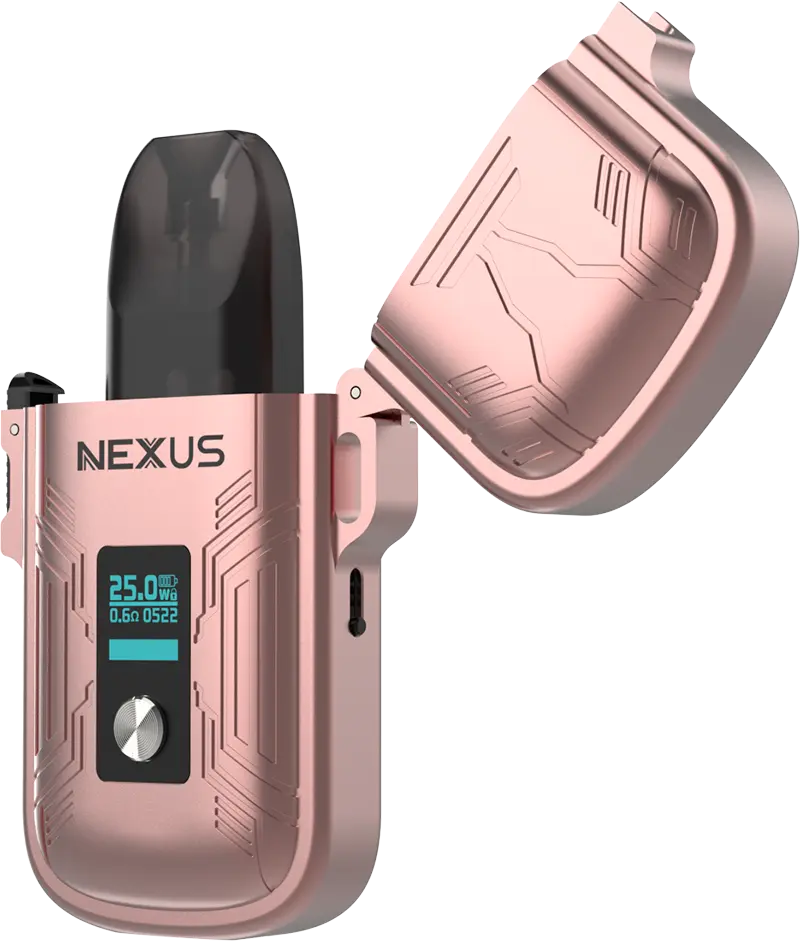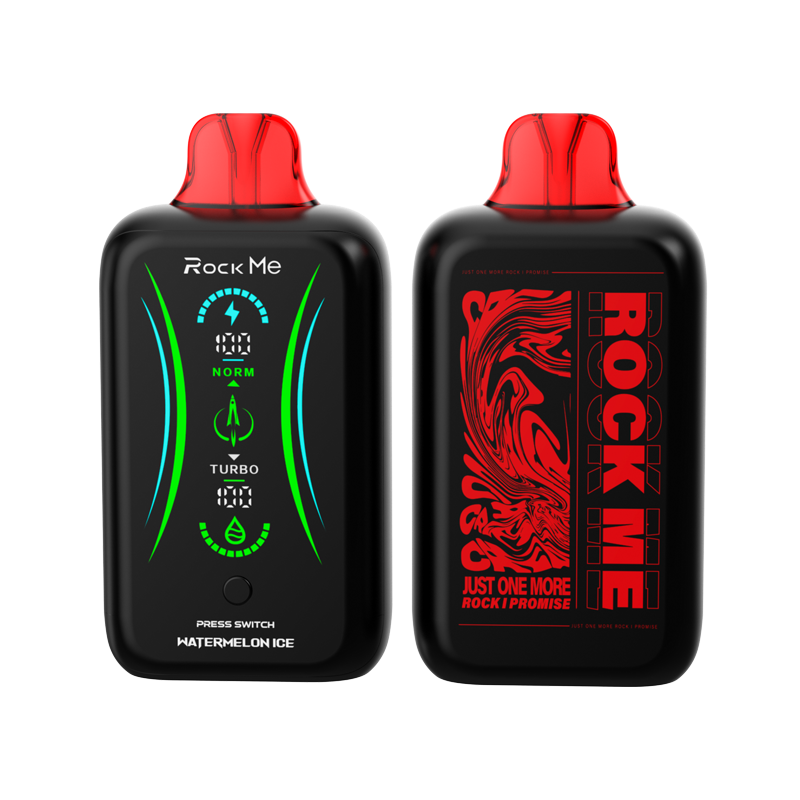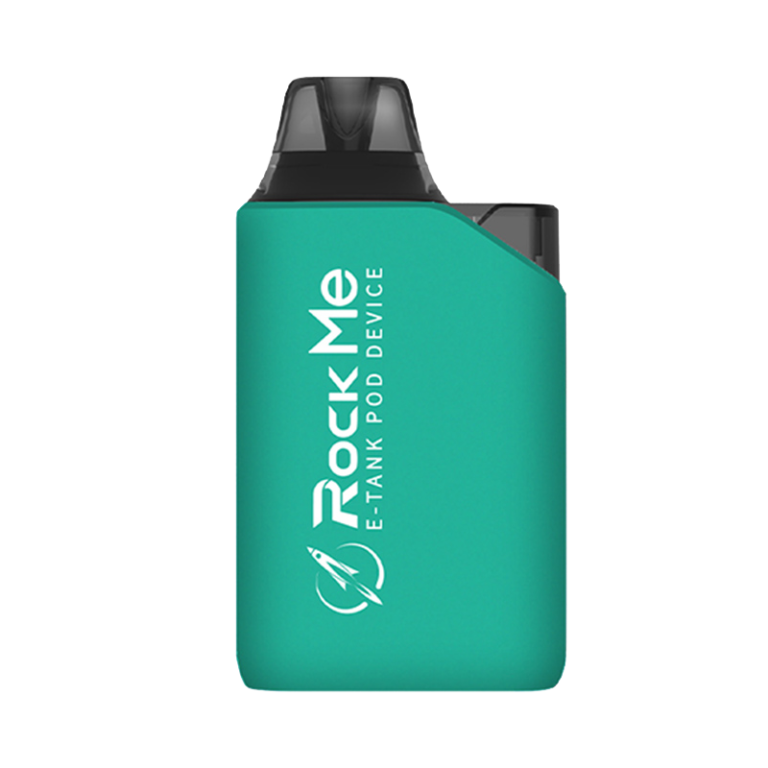Disposable vapes are an emerging trend in the world of electronic nicotine delivery systems (ENDS). They are compact, single-use devices designed to mimic the experience of smoking traditional cigarettes without the need for combustion. These gadgets operate by heating a liquid—often containing nicotine, flavorings, and other chemicals—into an inhalable vapor. Unlike their reusable counterparts, disposable vapes come pre-filled with e-liquid and a pre-charged battery, making them convenient and user-friendly. The user inhales from the device, which triggers a heating element to vaporize the e-liquid, thus delivering the nicotine through the generated vapor.

Health Implications
Health Risks Associated with Smoking
The health risks associated with smoking are well-documented and widely acknowledged by health authorities globally. Smoking is a leading cause of various chronic diseases including lung cancer, chronic obstructive pulmonary disease (COPD), and cardiovascular diseases. The harmful chemicals inhaled during smoking can damage the respiratory system, reduce lung function, and lead to other serious conditions such as stroke and heart attack. Furthermore, smoking also increases the risk of developing other types of cancer, such as mouth, throat, esophagus, and bladder cancer. Secondhand smoke exposure poses additional health risks to non-smokers, including young children, leading to respiratory infections and sudden infant death syndrome (SIDS).
Health Risks Associated with Using Disposable Vapes
Short-term Health Effects
The short-term health effects of using disposable vapes largely stem from the inhalation of nicotine and other constituents present in the e-liquid. Users may experience throat irritation, coughing, and dry mouth, often referred to as “vaper’s tongue”. Nicotine, being a stimulant, can also lead to increased heart rate, elevated blood pressure, and potential dizziness in some users. While these effects may appear less severe compared to the immediate impact of cigarette smoke, they still pose significant health concerns, particularly for new or young users.
Long-term Health Effects
Long-term health effects of using disposable vapes are still under extensive research, but preliminary findings suggest several potential risks. Prolonged use can lead to nicotine addiction and dependency, making it challenging for users to quit. Although vapes do not produce tar or carbon monoxide, the inhalation of other chemicals and flavorings could have unknown chronic health impacts, such as lung injury or respiratory diseases like EVALI (e-cigarette or vaping use-associated lung injury). Furthermore, the long-term cardiovascular impacts of continuous nicotine intake via vapes remain a critical area of concern.
Comparing the Health Effects of Both
When comparing the health effects of smoking and using disposable vapes, the latter appears to be less harmful, but not without risks. Smoking involves the combustion of tobacco, thereby releasing numerous toxic and carcinogenic substances that contribute to severe health conditions like cancer and heart disease. In contrast, disposable vapes eliminate the combustion process, reducing the user’s exposure to many harmful chemicals. However, the possible long-term health effects of vaping—including nicotine addiction and potential respiratory problems—cannot be overlooked. Though vaping may be a healthier alternative for some, it is not entirely risk-free, thus making it essential to weigh the pros and cons carefully.
The ROCKME brand is an electronic atomizer brand launched by Shenzhen Thunder Storm Technology Co., Ltd. for the global market. Its main products are pod system and disposabal vape, hoping to provide global consumers with more interesting and convenient products, safer use experience and higher quality lifestyle.
Cost Considerations
Initial Cost of Smoking and Vaping Products
The initial cost between smoking and vaping products can differ significantly. Traditional smoking typically requires a user to purchase a pack of cigarettes or a carton, which can range from a few dollars to well over ten dollars per pack, depending on geographic location and brand. This relatively low upfront cost makes cigarettes readily accessible. On the other hand, disposable vapes tend to have a higher initial cost per unit, often ranging from ten to twenty dollars per device. The pricing reflects the inclusion of the pre-filled e-liquid and battery, which contribute to its convenience and single-use nature. Despite the higher starting cost, disposable vapes are seen as an investment in convenience and ease of use compared to buying multiple packs of cigarettes regularly.
Ongoing Expenses for Smokers vs. Vape Users
When considering ongoing expenses, the financial dynamics between smokers and vape users become more apparent. For traditional smokers, the recurring cost of regularly purchasing cigarette packs can quickly add up, often resulting in a substantial monthly expense. Many cigarette users tend to smoke multiple times a day, necessitating frequent purchases that consistently impact their budget. Conversely, disposable vapes, despite their higher initial cost, may prove more economical for moderate users. A single disposable vape can last several days to a week, depending on usage frequency, thus potentially reducing the need for frequent purchases. However, heavy users of disposable vapes might find themselves spending a comparable amount to daily smokers, if not more.
Environmental Impact
Environmental Consequences of Cigarette Butts
Cigarette butts are notorious for their detrimental impact on the environment. Discarded butts are not only unsightly litter but also contain toxic substances that can leach into soil and waterways, posing significant hazards to wildlife and ecosystems. Cigarette filters, primarily composed of cellulose acetate, are not biodegradable and can take years to decompose fully. This persistent pollution has made cigarette butts one of the most common forms of litter globally, contributing to harmful environmental degradation and necessitating rigorous clean-up efforts in urban and natural settings alike. Additionally, the manufacturing process of cigarettes involves the consumption of significant natural resources, further exacerbating their environmental footprint.
Environmental Impact of Disposable Vapes
While disposable vapes may offer a reduction in certain types of environmental pollution compared to cigarette butts, they are not without their own ecological concerns. The single-use nature of disposable vapes results in substantial electronic waste, as these devices contain batteries, plastic components, and electronic circuitry. Improper disposal of disposable vapes can lead to hazardous chemical leakage, posing risks to both human health and the environment. The challenge of recycling these complex materials further compounds their environmental impact, as many recycling facilities are ill-equipped to handle electronic waste efficiently. To mitigate these effects, users and manufacturers must actively pursue more sustainable disposal and recycling practices.
As one of the famous brands of electronic cigarettes, Thunder Storm has a standardized dust-free production workshop of 10,000+㎡, a production team of nearly 500 people, and a daily production capacity of up to 100,000 pieces. Thunder storm, the parent company of ROCKME, currently manufactures for major electronic atomizer brands in the world.
Convenience and Accessibility
Availability of Smoking Products Vs. Disposable Vapes
The availability of smoking products versus disposable vapes is a critical factor affecting user choice and behavior. Traditional cigarettes are widely available in numerous retail locations, including convenience stores, gas stations, and supermarkets, making them easily accessible to users. In contrast, disposable vapes, while increasingly popular, are still limited to specific retail outlets, vape shops, and online stores. Despite this growing demand, regulatory restrictions and age-verification requirements often limit the ease of purchasing vapes, particularly for younger consumers. This disparity in availability can influence user preferences, with the more readily accessible product often prevailing in the decision-making process.
Ease of Use and Portability
Ease of use and portability are significant advantages that disposable vapes offer over traditional smoking products. Disposable vapes are designed for simplicity, requiring no prior setup, maintenance, or refilling. Users can begin vaping immediately upon purchase, enjoying the convenience of a hassle-free experience. Furthermore, the compact size and lightweight nature of disposable vapes enhance their portability, allowing users to carry and use them discreetly in various settings. In contrast, traditional cigarettes necessitate carrying lighters or matches, creating additional bulk and potential inconvenience. These benefits contribute to the rising popularity of disposable vapes among those seeking a convenient and user-friendly alternative to smoking.
Societal Perception and Regulations
Public Perception of Smoking
Public perception of smoking has undergone significant transformation in recent decades. Widespread awareness campaigns and scientific evidence highlighting the severe health risks associated with smoking have led to a pronounced societal shift against the habit. Smoking is increasingly viewed as a detrimental and outdated practice, often stigmatized and socially discouraged. Public health initiatives and regulations have furthered this negative perception, promoting smoke-free environments and reducing the appeal of smoking through graphic warnings and higher taxes on tobacco products. As a result, smoking prevalence has declined in many regions, reflecting the growing consensus on its adverse impact on health and well-being.
Public Perception of Disposable Vapes
Disposable vapes, in contrast, occupy a more ambiguous space in public perception. While some view them as a healthier and less intrusive alternative to traditional smoking, others express concerns about their unknown long-term health effects and the potential to act as a gateway to nicotine addiction, particularly among adolescents. The sleek design and marketing of disposable vapes, often targeting younger demographics, have sparked debates about their social acceptability and the ethicality of promoting such products. Nonetheless, the harm reduction potential of disposable vapes is acknowledged by some public health experts who see them as a pragmatic compromise for smokers seeking a transition away from combustible tobacco products.
Existing Regulations for Smoking Products
Regulations surrounding smoking products are stringent and well-established, reflecting the considerable health risks posed by tobacco use. Policies such as high excise taxes, advertising bans, mandatory health warnings, and public smoking prohibitions are common across many countries. These regulatory measures aim to discourage smoking by making it less economically and socially viable. Furthermore, age restrictions for purchasing tobacco products are rigorously enforced to prevent youth access. The stringent regulatory framework has contributed to declining smoking rates and heightened public awareness of the repercussions associated with smoking.
Regulatory Landscape for Disposable Vapes
The regulatory landscape for disposable vapes is still evolving, characterized by a patchwork of policies that vary widely by region. Some jurisdictions have implemented robust regulations similar to those for traditional smoking products, including age restrictions, advertising limitations, and health warnings, while others are still in the process of establishing comprehensive guidelines. The rapid emergence and popularity of disposable vapes have prompted health authorities to consider their potential risks and benefits carefully. Striking a balance between preventing youth access, minimizing potential health impacts, and recognizing the harm reduction benefits for existing smokers remains a complex regulatory challenge.
Thunder Storm has an experienced engineering development team that provides one-stop services from product appearance design, structural design, sample testing, large-scale production, product testing, to product sales and after-sales service.
Conclusion
The debate over whether disposable vapes are a healthier alternative to smoking hinges on various factors including health implications, cost considerations, environmental impact, convenience, and societal perception. While disposable vapes eliminate some harmful chemicals associated with traditional smoking and offer a user-friendly and potentially cost-effective alternative, they are not entirely risk-free. The potential for nicotine addiction and long-term health effects necessitates cautious consideration. Understanding the broader impact—both personally and environmentally—can guide individuals in making an informed decision. Consulting healthcare professionals and staying updated with evolving research and regulations can further aid in navigating this complex landscape. Ultimately, the choice between smoking and using disposable vapes involves weighing the relative risks and benefits, aiming for a more health-conscious lifestyle.




